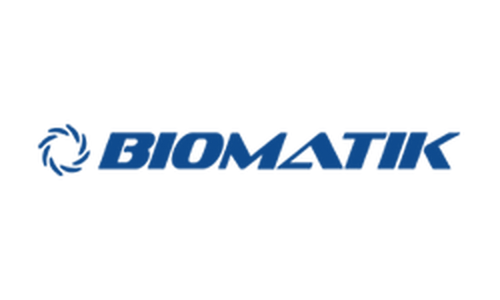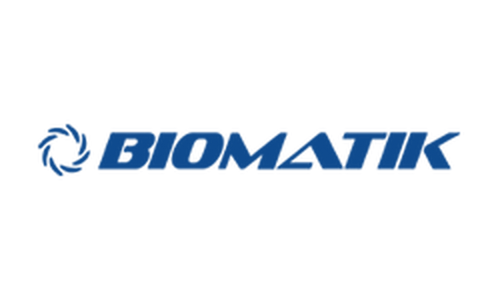Product Description
Recombinant Mouse Kit ligand (Kitlg), partial (Active) is available at Gentaur for Next week Delivery.
Gene Name: Kitlg
Alternative Names : Kit ligand;Hematopoietic growth factor KL;Mast cell growth factor;MGF;Steel factor;Stem cell factor;SCF
Expression Region : 26-189aa
AA Sequence : KEICGNPVTDNVKDITKLVANLPNDYMITLNYVAGMDVLPSHCWLRDMVIQLSLSLTTLLDKFSNISEGLSNYSIIDKLGKIVDDLVLCMEENAPKNIKESPKRPETRSFTPEEFFSIFNRSIDAFKDFMVASDTSDCVLSSTLGPEKDSRVSVTKPFMLPPVA
Sequence Info : Partial
Tag Info : Tag-Free
Theoretical MW : 18.4 kDa
Storage Buffer : Lyophilized from a 0.2 ?m filtered 1xPBS, pH 7.4
Endotoxin Level : Less than 1.0 EU/µg as determined by LAL method.-
Biological Activity : The ED50 as determined by the dose-dependent stimulation of TF-1 cells is less than 10 ng/ml.
Storage : Short term: -20°C; Long term: -80°C. Minimize freeze and thaw cycles.
Research Area : Immunology
Restriction : For Research Use Only. Not for use in diagnostic procedures, drug use, or for administration to humans or animals.
Relevance : Mouse stem cell factor (SCF), is the ligand for the receptor-type protein-tyrosine kinase KIT. It plays an essential role in the regulation of cell survival and proliferation, hematopoiesis, stem cell maintenance, gametogenesis, mast cell development, migration and function, and in melanogenesis. KITLG/SCF binding can activate several signaling pathways. It also promotes phosphorylation of PIK3R1, which is the regulatory subunit of phosphatidylinositol 3-kinase, and subsequent activation of the kinase AKT1. KITLG/SCF and KIT also transmit signals via GRB2 and activation of RAS, RAF1 and the MAP kinases MAPK1/ERK2 and/or MAPK3/ERK1. KITLG/SCF and KIT promote activation of STAT family members STAT1, STAT3 and STAT5.
Function : Ligand for the receptor-type protein-tyrosine kinase KIT. Plays an essential role in the regulation of cell survival and proliferation, hematopoiesis, stem cell maintenance, gametogenesis, mast cell development, migration and function, and in melanogenesis. KITLG/SCF binding can activate several signaling pathways. Promotes phosphorylation of PIK3R1, the regulatory subunit of phosphatidylinositol 3-kinase, and subsequent activation of the kinase AKT1. KITLG/SCF and KIT also transmit signals via GRB2 and activation of RAS, RAF1 and the MAP kinases MAPK1/ERK2 and/or MAPK3/ERK1. KITLG/SCF and KIT promote activation of STAT family members STAT1, STAT3 and STAT5. KITLG/SCF and KIT promote activation of PLCG1, leading to the production of the cellular signaling molecules diacylglycerol and inositol 1,4,5-trisphosphate. KITLG/SCF acts synergistically with other cytokines, probably interleukins.
Involvement in disease :
Subcellular location : Isoform 1: Cell membrane, Single-pass type I membrane protein, SUBCELLULAR LOCATION: Isoform 2: Cytoplasm, Cytoplasm, cytoskeleton, Cell membrane, Single-pass type I membrane protein, Cytoplasm, cytoskeleton, Cell projection, lamellipodium, Cell projection, filopodium, SUBCELLULAR LOCATION: Soluble KIT ligand: Secreted
Protein Families : SCF family
Tissue Specificity : Expressed in the cochlea.
Paythway :
Uniprot ID : P20826
 Euro
Euro
 British Pound
British Pound
 US Dollar
US Dollar








